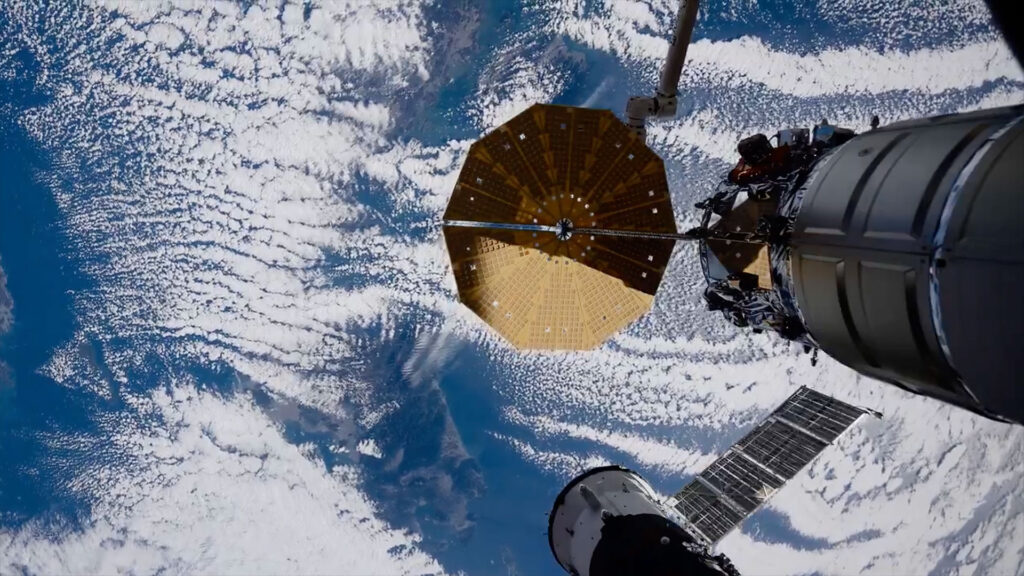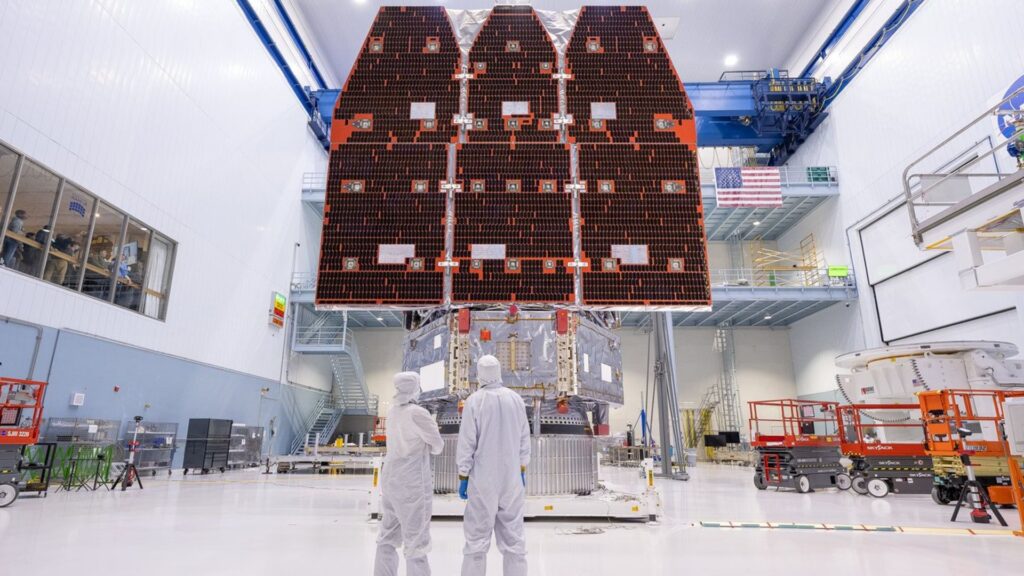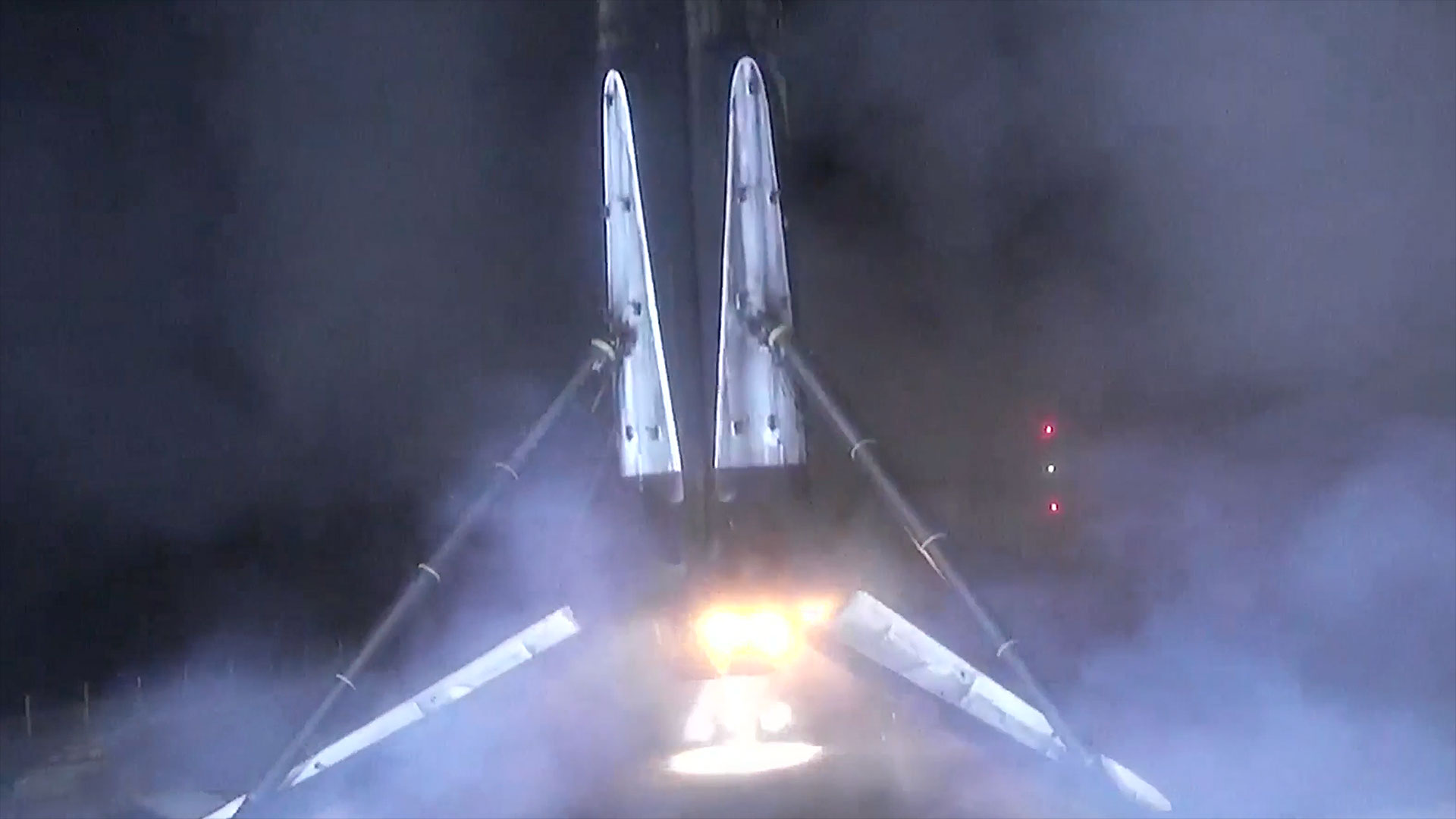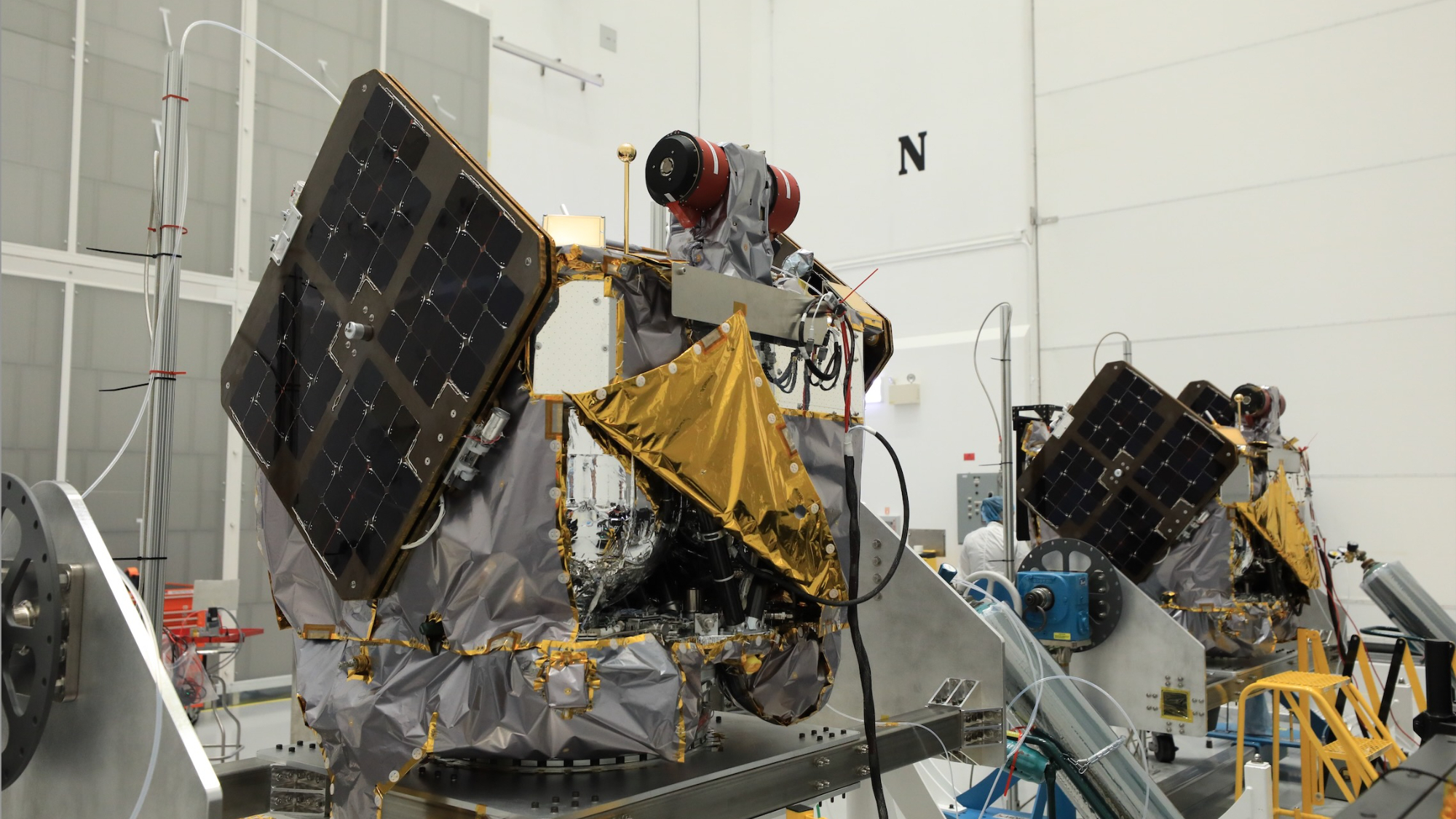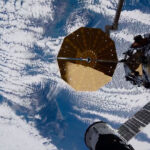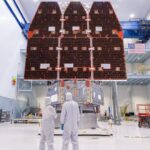Now Reading: 2 new NASA satellites will track space weather to help keep us safe from solar storms
-
01
2 new NASA satellites will track space weather to help keep us safe from solar storms
2 new NASA satellites will track space weather to help keep us safe from solar storms
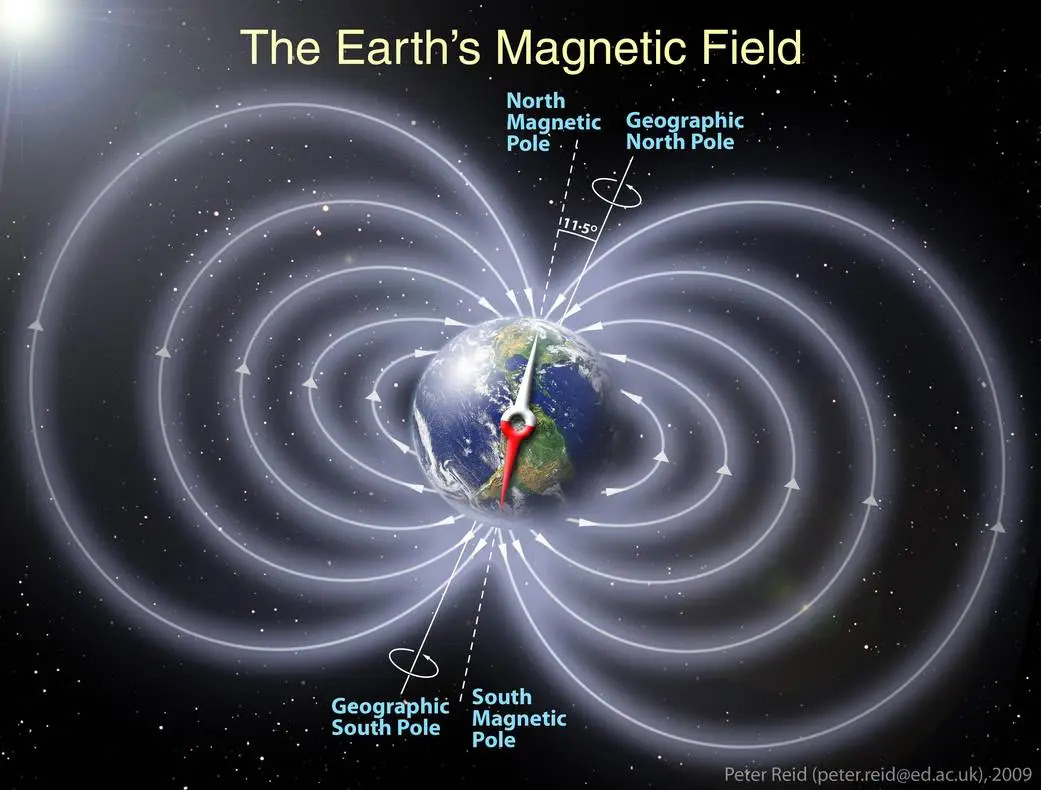
A new mission set to blast off for low-Earth orbit will study magnetic storms around the Earth and learn more about how they affect our atmosphere and satellites.
NASA’s Tandem Reconnection and Cusp Electrodynamics Reconnaissance Satellites, or TRACERS for short, mission represents a pair of satellites that will fly in a sun-synchronous orbit — meaning they are always over the dayside of the Earth — and pass through the polar cusps. The cusps are, in essence, two holes in Earth’s magnetosphere, where the field lines dip down onto the magnetic poles.
When an influx of solar wind particles slam into Earth’s magnetosphere, they can overload the magnetic-field lines, causing them to snap, disconnect and then reconnect. Magnetic reconnection, as the process is called, can release energy that accelerates charged particles down the funnel-shaped cusps and into our atmosphere, where they collide with molecules and, if a solar storm is intense enough, generate auroral lights.
When TRACERS launches — expected to be no earlier than late July — it will seek to learn more about the magnetic-reconnection process and how space weather affects our planet.
“What we’ll learn from TRACERS is critical for understanding, and eventually predicting, how energy from our sun impacts not only the Earth, but also our space- and ground-based assets, whether it be GPS or communications signals, power grids, space assets or our astronauts working in space,” said Joe Westlake, Director of NASA’s Heliophysics Division, in a NASA teleconference.
Historically, the problem in studying magnetic reconnection has been that when a satellite flies through the region of reconnection and captures data, all it sees is a snapshot. Then, 90 minutes or so later on its next orbit, it takes another snapshot. In that elapsed time, the region may have changed, but it’s impossible to tell from those snapshots why it’s different. It could be because the system itself is changing, or the magnetic-reconnection coupling process between the solar wind and Earth’s magnetosphere is moving about — or maybe it is switching on and off.
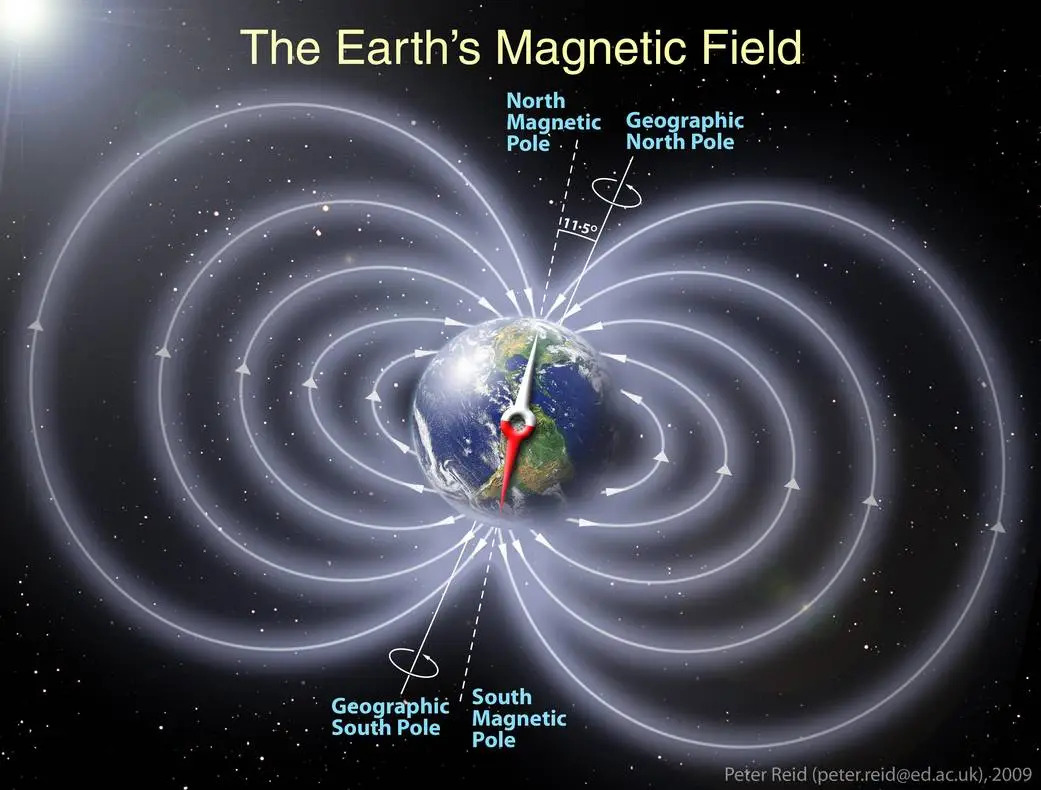
“These are fundamental things that we need to understand,” said TRACERS’ principal investigator, David Miles of the University of Iowa, in the same teleconference.
That’s why TRACERS is important, because it is two satellites working in tandem rather than being a lone magnetic explorer.
“They’re going to follow each other at a very close separation,” said Miles. “So, one spacecraft goes through, and within two minutes the second spacecraft comes through, and that gives us two closely spaced measurements.”
RELATED STORIES
Together, the twin spacecraft will measure the magnetic- and electric-field strengths where magnetic reconnection is taking place, as well as what the local ions and electrons trapped in the magnetosphere are doing.
“What TRACERS is going to study is how the output of the sun couples to near-Earth space,” said Miles. “What we’re looking to understand is how the coupling between those systems changes in space and in time.”
TRACERS will not be alone out there, and will be able to work with other missions already in operation, such as NASA’s Magnetospheric Multiscale Mission (MMM), that studies reconnection from farther afield than TRACERS’ low-Earth orbit 590 kilometers above our heads. There’s also NASA’s Polarimeter to Unify the Corona and Heliosphere (PUNCH) mission, and the Electrojet Zeeman Imaging Explorer (EZIE), which both study solar-wind interactions with our planet from low-Earth orbit.
“TRACERS joins the fleet of current heliophysics missions that are actively increasing our understanding of the sun, space weather, and how to mitigate its impacts,” said Westlake.
The $170 million TRACERS is set to launch no earlier than the end of July on a SpaceX Falcon 9 rocket that will be carrying several other small missions into orbit at the same time. The answers that TRACERS could provide about how magnetic reconnection works will allow scientists to better protect critical infrastructure for when solar storms hit.
“It’s going to help us keep our way of life safe here on Earth,” said Westlake.
Stay Informed With the Latest & Most Important News
-
 012024 in Review: Highlights from NASA in Silicon Valley
012024 in Review: Highlights from NASA in Silicon Valley -
 02Panasonic Leica Summilux DG 15mm f/1.7 ASPH review
02Panasonic Leica Summilux DG 15mm f/1.7 ASPH review -
 03How New NASA, India Earth Satellite NISAR Will See Earth
03How New NASA, India Earth Satellite NISAR Will See Earth -
 04And Thus Begins A New Year For Life On Earth
04And Thus Begins A New Year For Life On Earth -
 05Astronomy Activation Ambassadors: A New Era
05Astronomy Activation Ambassadors: A New Era -
06SpaceX launch surge helps set new global launch record in 2024
-
 07From Polymerization-Enabled Folding and Assembly to Chemical Evolution: Key Processes for Emergence of Functional Polymers in the Origin of Life
07From Polymerization-Enabled Folding and Assembly to Chemical Evolution: Key Processes for Emergence of Functional Polymers in the Origin of Life












